Home wiring refers to the electrical system installed within a residential property. It consists of a network of wires, cables, switches, outlets, and other components that deliver electricity to various fixtures and appliances throughout the house. Properly installed and maintained home wiring ensures safe and efficient electrical power distribution. Choosing the correct House Electrical Wire involves considering several factors, including the electrical load, wire size, insulation type, and local electrical codes. A brief guide to help you make the right choice of Home Electrical Wire:
-
Determine the Electrical Load
Start by calculating the electrical load or the total amount of power to be used in each circuit. Consider the number of outlets, lighting fixtures, and appliances likely to be connected to each circuit. It will help you determine the capacity or amperage rating required for the House Wire. -
Check Local Electrical Codes
Acquaint yourself with the local electrical codes and regulations. These codes specify the minimum requirements for Wire for House Wiring size, insulation, grounding, and installation methods. They ensure safety and adherence with the applicable standards. Check with your local building department or consult a licensed electrical contractor to understand the requirements. -
Determine Wire Size
The circuit amperage rating and the wire run length the wire run determine the wire size. You can refer to the National Electrical Code (NEC) or consult an electrician to determine the appropriate wire size. The wire size is usually specified in terms of American Wire Gauge (AWG). The larger numbers indicate smaller wire diameters. For example, 14 AWG is smaller than 12 AWG. -
Select the Insulation Type
Different insulation types are suitable for different environments and applications. The most common insulation types include:- Thermoplastic (e.g., PVC): Suitable for general indoor use and dry locations.
- Thermoset (e.g., cross-linked polyethylene – XLPE): Suitable for indoor and outdoor use and provides better resistance to heat and moisture.
- Underground-rated (e.g., UF-B): Designed for direct burial or underground installations and has moisture-resistant insulation.
Select the insulation type that aligns with the specific requirements of your installation. Refer to local codes and consult with an electrician if needed.
-
Consider Special Requirements
Certain applications may require specialized wiring. For example, if you have high-temperature environments, you may need Home Wiring Cable with insulation capable of withstanding elevated temperatures. Additionally, low-voltage applications such as doorbells or security systems may require specific wiring designed for low voltage.
Types of Electrical Wires for Home Wiring
There are several common types of House Wiring Cables and wires. Some of the most popular types:
-
Non-Metallic Sheathed Cable
It is the most common type of electrical wire used in residential construction. It comprises two or more insulated wires (conductors) and a bare copper ground wire encased in a plastic sheath. NM cable is used for general-purpose wiring, such as lighting circuits, outlets, and appliances. -
Armored Cable
Armored cable is a flexible metal-clad House Wiring Cable that provides extra protection compared to NM cable. It contains insulated wires wrapped in a flexible metal sheath. AC cable is typically used in exposed areas or where additional physical protection is required, such as basements or outdoor installations. -
Underground Feeder Cable
UF-B cable is designed for underground installations and is suitable for direct burial or running through a conduit. It has insulation and a protective jacket that makes it resistant to moisture and sunlight. UF-B cable is used for outdoor wiring, including outdoor lighting, sprinkler systems, and underground circuits. -
Individual Wires in Conduit
In certain situations, individual wires are used instead of sheathed cables. These wires are typically installed in conduit, which provides additional protection. The most commonly used individual wires for home wiring are THHN (Thermoplastic High Heat-Resistant Nylon) and THWN (Thermoplastic Heat and Water-Resistant Nylon). They are available in various colors and are suitable for dry and wet locations. -
Low-Voltage Wiring
Low-voltage Electrical House Wiring is used for applications that require lower voltage levels, such as doorbells, thermostats, and security systems. These wires are typically smaller in diameter and have different insulation types when compared to standard electrical wires. They are designed to carry low-voltage signals safely. -
Coaxial Cable
Coaxial cables are primarily used for television (TV) and internet connections. They consist of a central conductor, insulation, a metal shield, and an outer jacket. Coaxial cables provide better signal quality and are less susceptible to interference.
KEI – The Undisputed Leader in Home Electrical Wiring
If you’re uncertain about any aspect of choosing the right electrical wiring for your home, it’s advisable to consult a licensed electrician. They can assess your specific needs, consider local codes, and provide expert guidance on selecting the appropriate wiring for your home. It’s important to note that the availability and use of types of electrical wires may vary depending on local electrical codes and regulations. KEI, established in 1968, is among the most reputed names and an undisputed industry leader in household electrical wiring and various other wire and cable solutions. Visit the KEI website https://www.kei-ind.com/ for details of the products or mail us at info@kei-ind.com for queries on custom products.







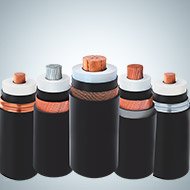
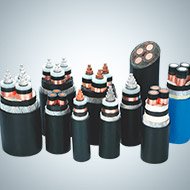
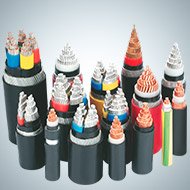

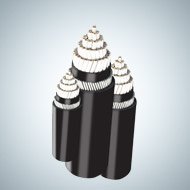

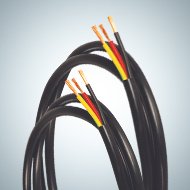
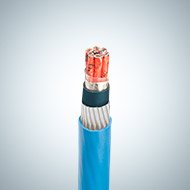
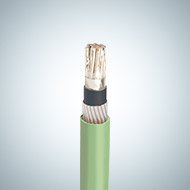
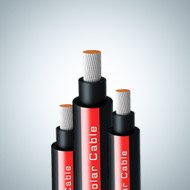
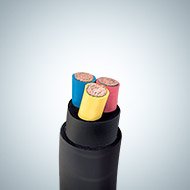
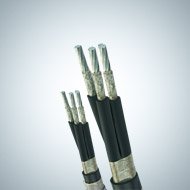
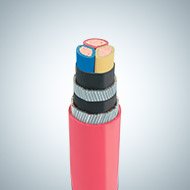
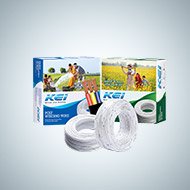

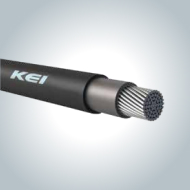
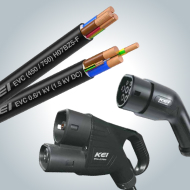
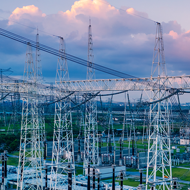


























 Subscribe Newsletter
Subscribe Newsletter